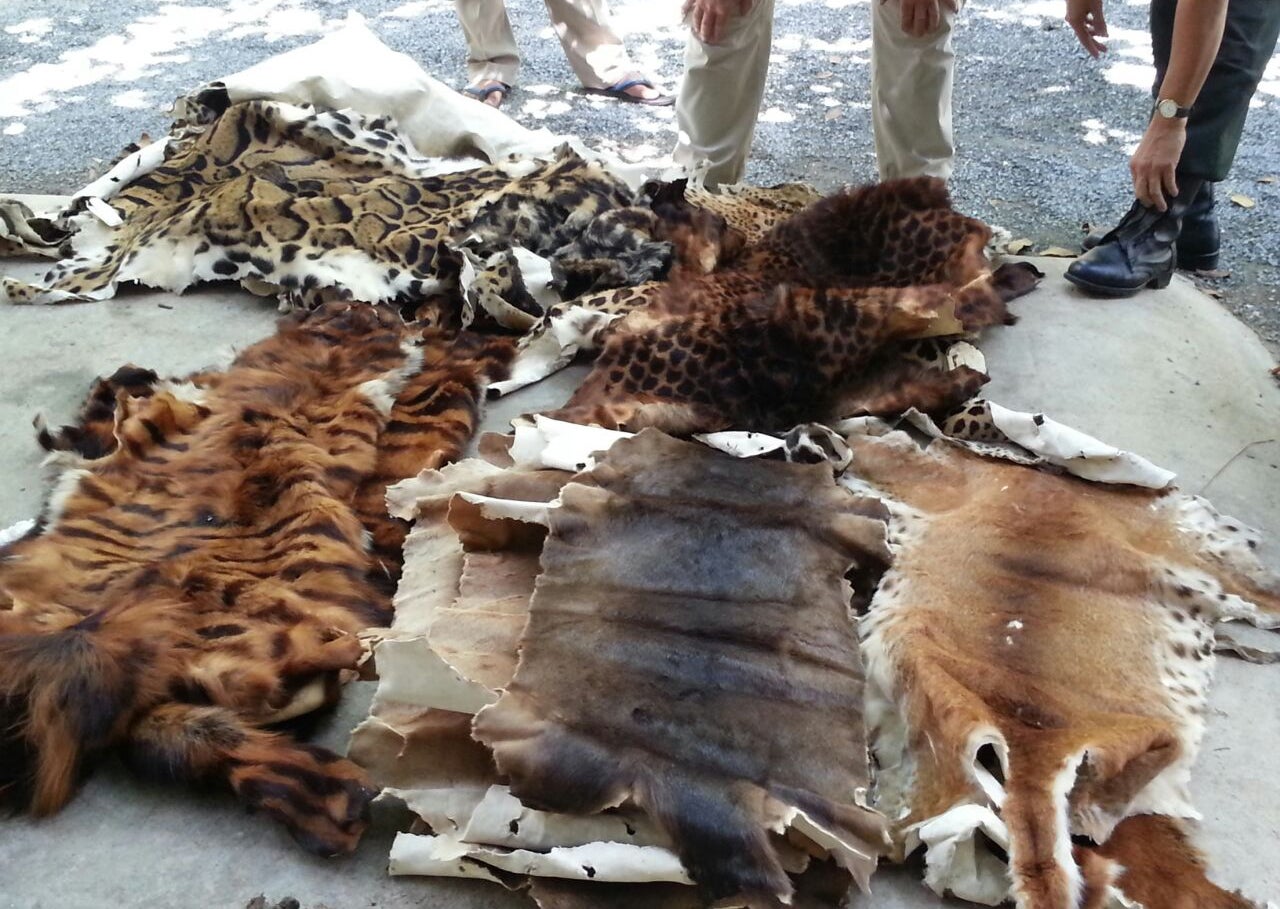Cambodia plans to import some tigers, having run out of its own
In late 2014 Cambodian police raided the Chinese Chamber of Commerce in Phnom Penh, where they discovered a large cache of valuable wildlife products (and some live exotic animals) likely headed for China. Among the deer horns, eagle claws, and mountain tortoises, authorities found tiger skins.


In late 2014 Cambodian police raided the Chinese Chamber of Commerce in Phnom Penh, where they discovered a large cache of valuable wildlife products (and some live exotic animals) likely headed for China. Among the deer horns, eagle claws, and mountain tortoises, authorities found tiger skins.

Yesterday (April 6), conservationists conceded for the first time that tigers had become functionally extinct in Cambodia, the result of intensive poaching of both big cats and their prey. Indochinese tigers were once common in the nation’s forests, but with their body parts prized in traditional medicine and new folk tonics, they were highly vulnerable to the illegal wildlife trade.
Desperate times call for desperate measures. The government recently approved a plan to reintroduce tigers into the Mondulkiri Protected Forest in eastern Cambodia. For starters, they want to import two males and five or six females, which will likely be transported from India, though Thailand and Malaysia are other possibilities.
According to the World Wildlife Fund, the operation would be “the first transnational tiger reintroduction,” and would be based on best practices developed from successful reintroductions within India. Though the plan has government approval as of last month, significant groundwork needs to be finished first, including building up prey populations and taking more measures against poaching.
For inspiration Cambodians can look, perhaps, to Russia. Thanks in part to Russian president Vladimir Putin’s soft spot for big cats—and protection measures against poaching—Amur tigers have made a roaring comeback in that nation’s far east.